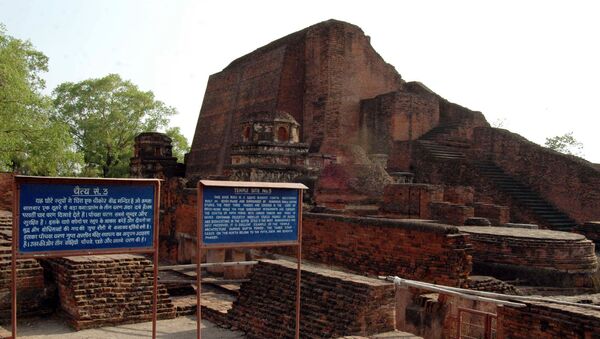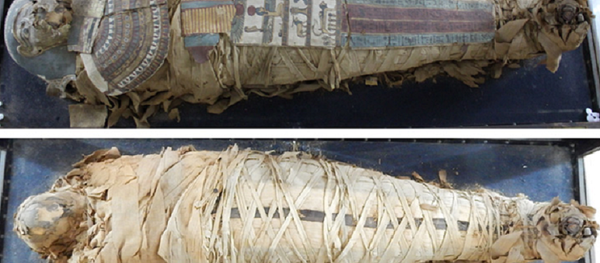The Capitol Complex is located in Chandigarh, a city in the northern part of India that serves as the capital of the states of Punjab and Haryana. It comprises three architectural masterpieces: the Secretariat, the High Court, and the Legislative Assembly (Palace of Assembly).
Just inscribed as @UNESCO #WorldHeritage Site: Architectural Work of Le Corbusier pic.twitter.com/kraBHjnJvs
— UNESCO (@UNESCO) 17 июля 2016 г.
Designed in the 1950s by Le Corbusier, a Swiss-French architect, The Capitol Complex is a part of the group of 17 sites situated across seven countries, including France, Switzerland, Belgium, Germany, Argentina and Japan.
India's Ministry of Culture expressed their gratitude to UNESCO and India's Ambassador to the organization, Ruchira Kamboj.
Much awaited dream come true.#CapitolComplex of #Chandigarh now a #WorldHeritage site. Thanks @UNESCO @RuchiraKamboj https://t.co/RiqqdpUQtg
— Ministry of Culture (@MinOfCultureGoI) 17 июля 2016 г.
In another major recognition, Khangchendzonga National Park, home to the world's third highest peak Mount Khangchendzonga, made it to the list as well.
Just inscribed as @UNESCO #WorldHeritage Site: Khangchendzonga National Park#India pic.twitter.com/6aA5NYn5p2
— UNESCO (@UNESCO) 17 июля 2016 г.
"Mythological stories are associated with this mountain and with a great number of natural elements (e.g. caves, rivers, lakes, etc.) that are the object of worship by the indigenous people of Sikkim. The sacred meanings of these stories and practices have been integrated with Buddhist beliefs and constitute the basis for Sikkimese identity," UNESCO's official statement said.
Khangchendzonga National Park of India is now a #WorldHeritage site. Thank you @UNESCO @IrinaBokova @RuchiraKamboj https://t.co/ayN9OVvjYE
— Ministry of Culture (@MinOfCultureGoI) 17 июля 2016 г.
The Ancient university of Nalanda, located in the modern-day Indian state of Bihar, comprises the archaeological remains of a monastic and scholastic institution dating from the 3rd century BCE to the 13th century CE. It includes stupas, shrines, viharas (residential and educational buildings) and important art works in stucco, stone and metal.
Just inscribed as @UNESCO #WorldHeritage Site: Archaeological Site of Nalanda Mahavihara at Nalanda, Bihar #India pic.twitter.com/R7FH3D5MM2
— UNESCO (@UNESCO) 15 июля 2016 г.
"Nalanda stands out as the most ancient university of the Indian Subcontinent. It engaged in the organized transmission of knowledge over an uninterrupted period of 800 years," the statement said.
This is the first time that any country has had three sites inscribed in the Word Heritage List at a single session of the committee meeting, according to India's Ministry of Culture statement.
The decision was taken at the 40th session of the World Heritage Committee of UNESCO in Istanbul on July 17. A place named the World Heritage Site is listed by the UNESCO as being of "special cultural or physical significance."




